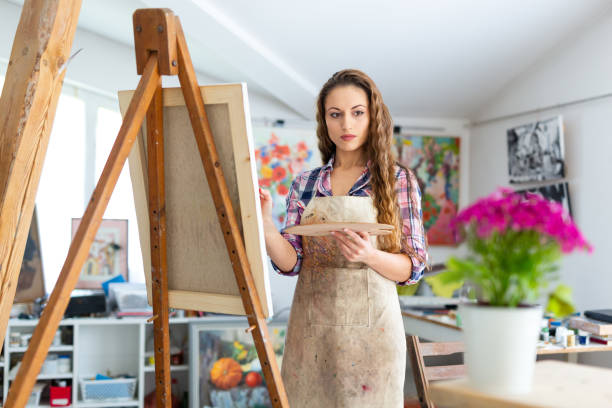Art is a universal language that transcends boundaries and speaks to the core of human existence. It has been an integral part of human civilization since ancient times, serving as a medium for self-expression, communication, and cultural reflection. From the captivating brushstrokes of a painting to the enchanting melodies of a symphony, art has the ability to evoke emotions, challenge perspectives, and inspire change. In this article, we delve into the realm of arts, exploring its diverse forms, its impact on individuals and society, and the significance of nurturing creativity.
Art as a Medium of Self-Expression:
Art provides a platform for individuals to express their deepest thoughts, emotions, and experiences. Through various mediums such as painting, sculpture, photography, and dance, artists can convey their unique perspectives, allowing their audience to connect with and understand their inner world. Artistic expression serves as a cathartic release, providing solace and healing to both the creator and the observer.
Art as a Catalyst for Change:
Art has always played a pivotal role in society, serving as a catalyst for change and a mirror to reflect upon pressing issues. Artists have the power to challenge social norms, advocate for justice, and shed light on marginalized voices. Throughout history, artworks have served as powerful tools for political and social commentary, sparking conversations and inspiring movements. From Picasso’s Guernica to Banksy’s thought-provoking graffiti, art has the ability to ignite a sense of activism and mobilize communities towards a common cause.
The Transformative Impact of Art on Individuals:
Engaging with art has transformative effects on individuals, fostering personal growth, and expanding one’s horizons. Immersion in artistic experiences cultivates empathy, enhances critical thinking, and nurtures creativity. Whether it be attending a theater performance, visiting an art gallery, or participating in a hands-on workshop, art provides a space for self-reflection and introspection, enabling individuals to explore different perspectives and gain a deeper understanding of themselves and the world around them.
Art as a Bridge between Cultures:
Art acts as a bridge between cultures, connecting people from diverse backgrounds and fostering mutual understanding. Cultural artworks, such as traditional music, dance, and visual arts, preserve and celebrate heritage, allowing individuals to appreciate and respect different traditions. Additionally, contemporary art forms blend cultural influences, creating hybrid expressions that challenge traditional boundaries and foster dialogue between different communities.
Nurturing Creativity and Arts Education:
Encouraging creativity and providing access to arts education is vital for the development of individuals and society as a whole. Arts education nurtures innovation, fosters problem-solving skills, and enhances cognitive abilities. It empowers individuals to think outside the box, embrace ambiguity, and approach challenges with a fresh perspective. Integrating arts into educational curricula ensures holistic development and equips individuals with essential skills for the rapidly evolving future.
Conclusion:
Art is a testament to the boundless potential of human imagination and creativity. It has the power to inspire, provoke, and transform, leaving an indelible impact on individuals and society. Through artistic expression, we can bridge cultural divides, challenge societal norms, and nurture empathy and understanding. As we continue to explore the vast realm of arts, let us embrace its transformative power and celebrate the diverse voices that shape our world.

